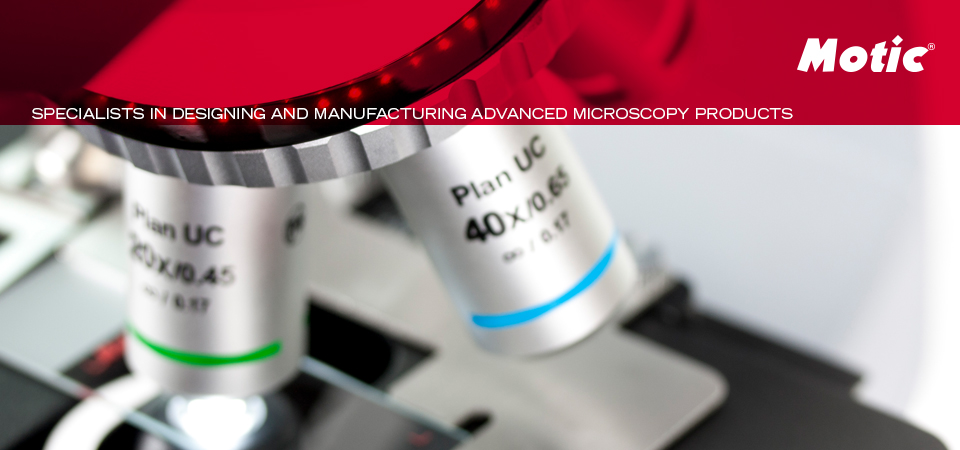LEDs are everywhere. This technology is going to roll around also the world of microscopy. For basic illumination purposes, LED technology is already established. Traditional workers will regret the death of the old fashioned Halogen light sources with their emotional high percentage of long wavelengths: think about a candle-light dinner. But LED technology is going to answer this lack of atmosphere by the offer of a large choice of color temperatures. May be this helps.
Monday 30 May 2016
Wednesday 18 May 2016
Extremely tiny but very useful ‘hair’
Ciliated epithelium is a type of bodily tissue that is lined with “ciliated” cells, which are basically cells that have small, hair-like protrusions known as “cilia” that can either help the cells move along the tissue or can help debris and waste move along the surface of the cells. Cilia typically move in one direction in a wavelike
Wednesday 4 May 2016
Color fidelity and fast live image: the new Moticam 1080 Full HD Multi-Output camera is waiting for you!
Turning an ephemeral microscopic image into solid data has become the norm in working with microscopes. But the focus in daily work flow may vary. Sometimes in first instance a speedy live image with true colors for presentation purposes and discussion is needed, and the possible database may be of minor importance. In industrial QC the quantification of saved image data is the key issue. Thanks to its multi-output configuration the Moticam 1080 covers both demands. HDMI and USB signal even can be used to run the camera on HDMI and PC screen in a parallel mode.
Moticam 1080 is dedicated to the presentation and documentation of microscopic results with a clear focus on fast live image and maximum colour fidelity. The impressive 1080 (60P) HDMI live image perfectly fits to the presentation of
Monday 2 May 2016
Euglenophyta
These organisms are unicellular and live in fresh water. Some of these organisms are photosynthetic, producing their own food, while others are heterotrophic, eating small organisms.
Euglena acus
The Euglena (genus) acus (species) is a type of Protista which lives in fresh water ponds during warm seasons. The Euglena acus produces its food through
Subscribe to:
Posts (Atom)




